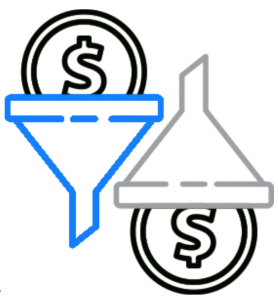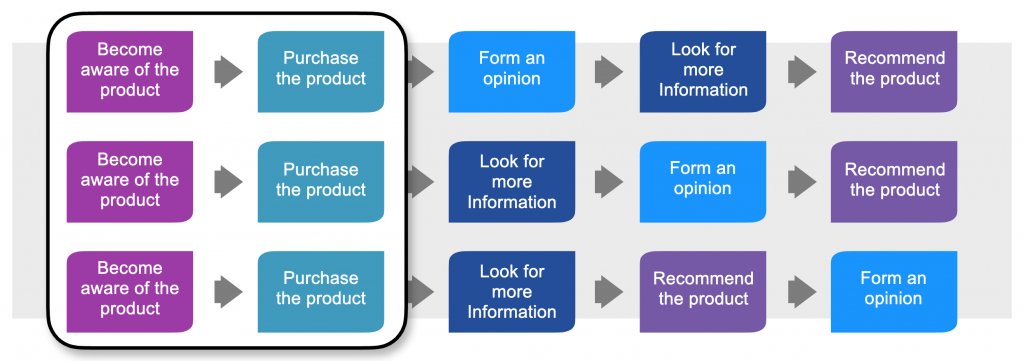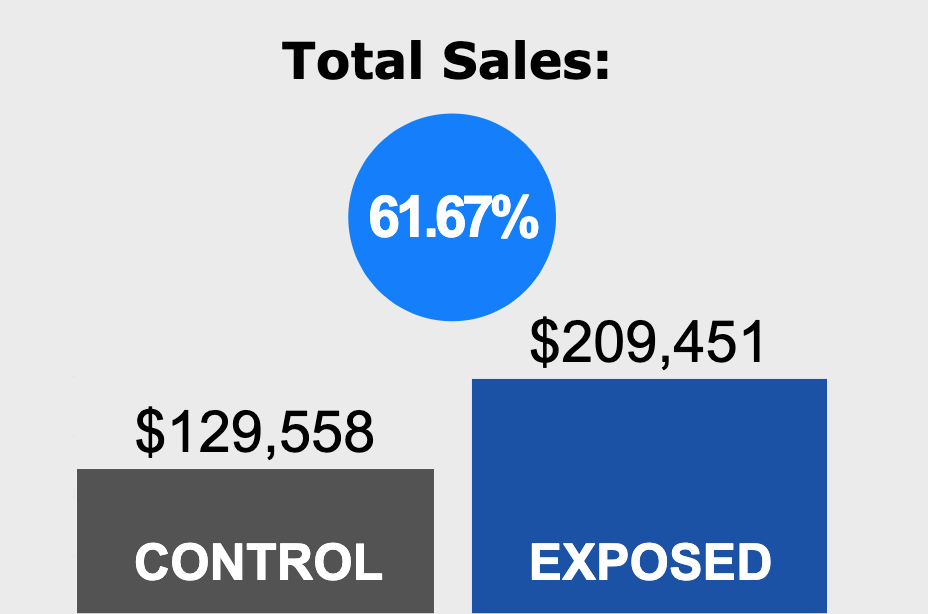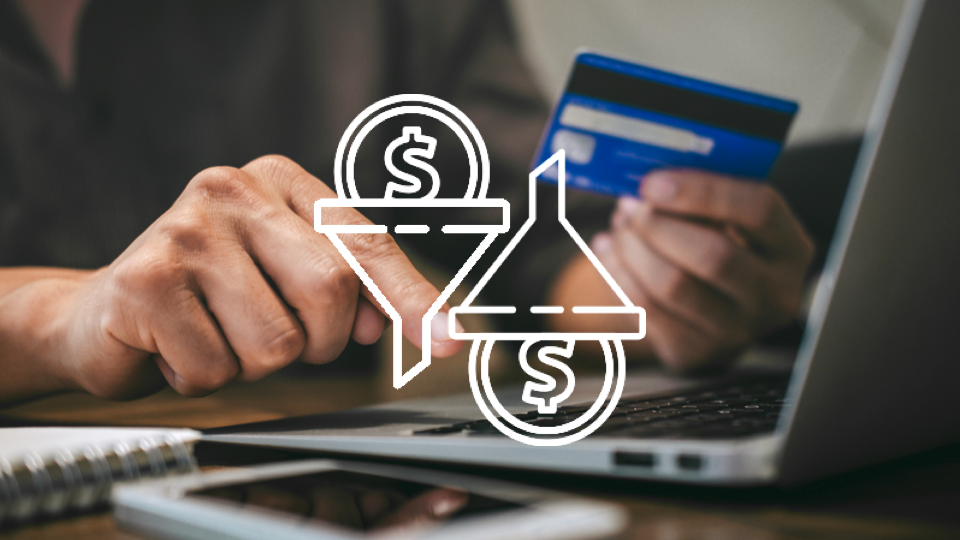Have you ever seen an advertisement and quickly bought an item without having any awareness of the brand you just purchased? We’ve all experienced this before: You’re on your favorite streaming service or social media site and you see a product that you just can’t live without. Within minutes you’ve entered your credit card information, shipping address, and purchased this product– knowing nothing about the brand–and you’re eagerly waiting for it to be delivered!
We refer to these moments where consumers are purchasing products with little to no awareness of a brand as “Funnel Flipped Purchases.” This type of shopping experience is now commonplace and has implications for advertisers.
In an effort to better understand these “Funnel Flipped Purchases,” and the drivers behind them, we partnered with Latitude Research for a custom research study.

Revisiting the Purchase Funnel
Before getting into the weeds of the funnel flip, let’s revisit the traditional purchase funnel path. The traditional purchase funnel that we’ve always known involves the consumer going through a number of steps, such as researching and forming an opinion, before purchasing a product. It’s worth noting that 95% of consumers say that they still make purchases this way.
Traditional Path

On the other hand, in a non-traditional funnel flipped path, we’re finding that people are seeing an ad and jumping directly to purchase. To our surprise, 81% of consumers shared that they’ve made purchases this way.
Non-Traditional Paths

Funnel Flipped Paths
Drivers of the Funnel Flip
The big question: what’s driving this funnel flipping behavior? We found that both product and ad experience attributes are impacting how consumers move across the purchase funnel.
Product Drivers of Funnel Flipping
People are more likely to flip the funnel with shorter purchase cycle items like groceries, clothing, and cosmetics. These products are considered lower stakes and don’t always require additional pre-purchase research. Consumers are also likely to flip the funnel when a product is viewed as unique, cool, inexpensive, and something they can’t buy in a physical store.
Ad Experience Drivers of Funnel Flipping
Consumers shared that they’re more likely to flip the funnel after seeing an ad on social media and streaming platforms. Within the ad experience itself, we saw that interactive ads, ads with promotional offers, ads considered relevant to the consumer as well as ad units with “a lot of information” drove funnel flipping behavior.
The Funnel Flip on Hulu
Hulu has the ideal ad environment for funnel flipping with its trusted platform and ‘cool factor.’ Consumers recognize differences in Hulu’s ad experience and its advertisers. 71% of consumers say “I interact with ads differently on platforms like Hulu” and that “Brands that seem cool tend to stand out on modern platforms.”
Even more, Hulu’s ad attributes align to the funnel flipping elements: they’re seen as more interactive (67%), more relevant (63%) and find it easier to purchase products (59%) directly on the platform.

Respondents shared their thoughts on Hulu’s ad attributes…

Case Study: Funnel Flipping on Hulu
A Quick Service Restaurant (QSR) brand recently drove funnel-flipping by leveraging Hulu’s GatewayGo ad unit. With GatewayGo, viewers can interact with a brand’s offer on their living room device, via a QR code and push notification, without disrupting the viewing experience.
For this particular campaign, we found that the combination of product and ad experience attributes led to sales accelerating faster than brand awareness metrics. The eight-week Hulu campaign flipped the funnel driving a 62% lift in total sales from the control group, while traditional upper funnel metrics remained stable.
Overall Audience
| Brand Metrics | Control | Exposed | Delta (PP) |
| Unaided Brand Awareness | 0% | 1% | +1% |
| Aided Brand Awareness | 33% | 29% | – |
| Favorability | 24% | 20% | – |

To best understand the drivers of this instance, we compared our Flipping the Funnel findings to this ad experience. On the product side, this item had a shorter purchase cycle, was lower stakes and considered inexpensive. Those attributes paired with the ad experience helped drive this behavior as the ad was interactive, targeted and offered a discount code to first time app users.
This Campaign’s Funnel-Flipping Drivers

In Summary
Just as our viewing has shifted to streaming and our shopping has shifted to online, our purchase behaviors are also changing with the ever-evolving landscape.
As advertisers and marketers, it’s important that we’re aware of these new purchase behaviors and what’s driving those behaviors so that we can best meet the needs of our customers. And where better to flip the funnel than right on Hulu?
Source: Flipping the Funnel, June 2020 Source: Hulu Internal Data – Brand Trust Hulu Huddle, September 2018
